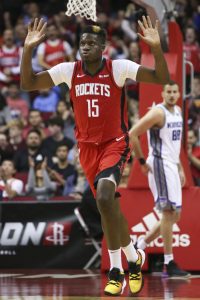On Wednesday, we examined five 2020 free agents in the Eastern Conference who had impressive contract years, increasing their value right before they reach the open market. Today, we’re shifting our focus to the Western Conference, where there are many more than five candidates for this list.
Kings swingman Bogdan Bogdanovic, Clippers big man Montrezl Harrell, and Suns center Aron Baynes are among the players who had strong 2019/20 seasons and established themselves as desirable free agent targets. But we’re focusing on five different players in the space below. Let’s dive in…
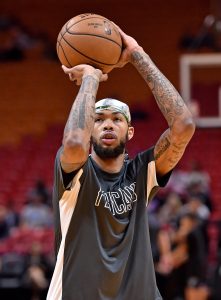 Brandon Ingram, F (Pelicans) (RFA): Most of the players who would have been 2020’s top restricted free agents signed contract extensions last fall. It made sense that Ingram – who had yet to play a game for the Pelicans and whose 2018/19 season ended due to a blood clot issue – didn’t get one, but his play in ’19/20 showed that New Orleans would have been wise to take the risk. After averaging 24.3 PPG, 6.3 RPG, and 4.3 APG (all career highs) and emerging as an All-Star, Ingram may now require a maximum-salary investment once his rookie contract expires.
Brandon Ingram, F (Pelicans) (RFA): Most of the players who would have been 2020’s top restricted free agents signed contract extensions last fall. It made sense that Ingram – who had yet to play a game for the Pelicans and whose 2018/19 season ended due to a blood clot issue – didn’t get one, but his play in ’19/20 showed that New Orleans would have been wise to take the risk. After averaging 24.3 PPG, 6.3 RPG, and 4.3 APG (all career highs) and emerging as an All-Star, Ingram may now require a maximum-salary investment once his rookie contract expires.- Dwight Howard, C (Lakers): Not only did Howard receive a minimum-salary contract from the Lakers last summer — the deal wasn’t even guaranteed. Although many NBA observers were ready to write off the eight-time All-NBA center a year ago, he has shown that he’s still got something left in the tank, averaging 7.5 PPG, 7.4 RPG, and 1.2 BPG in a part-time role (19.2 MPG) for the Lakers. Most crucially, he was willing to accept a career-low usage rate (14.2%) and remained healthy all season long, appearing in 62 of L.A.’s 63 games. It seems safe to assume his next contract will be guaranteed — it should be worth more than the minimum too.
- Jordan Clarkson, SG (Jazz): After making just 32.4% of his three-point attempts in 2018/19, Clarkson entered the season looking to shake a reputation as a high-volume, low-efficiency scorer who didn’t bring a whole lot else to the table. A move to Utah gave him the opportunity to do so, and he emerged as a key weapon off the bench for the Jazz, averaging 15.6 PPG on 48.2% shooting in 34 games (25.3 MPG) following his trade out of Cleveland. Clarkson may not get a raise on the $13MM+ salary he’s earning this season, but after making a case for Sixth Man of the Year, he should still do pretty well on his next deal.
- Malik Beasley, SG (Timberwolves) (RFA): Unlike Clarkson, whose stock rose when he got the opportunity to play important minutes for a playoff team, Beasley boosted his value when he was dealt from the Nuggets to the lottery-bound Timberwolves. Having been in and out of Denver’s rotation all season long, Beasley started all 14 games he played for Minnesota and fully took advantage of his regular role (33.1 MPG), averaging 20.7 PPG and 5.1 RPG with an impressive .472/.426/.750 shooting line. Beasley reportedly turned down a three-year extension worth more than $30MM last offseason, and while it seemed for much of the season like that may have been a mistake, he could now be in line for an even bigger payday with the Wolves.
- De’Anthony Melton, G (Grizzlies) (RFA): Melton’s basic stats – 8.1 PPG, 3.7 RPG, 3.0 APG, and .419/.316/.821 shooting – aren’t major improvements on the numbers he put up as a rookie in Phoenix. However, in his first season, he was thrust into a starting role for the bottom-feeding team Suns because they had few alternatives. In Memphis, Melton earned rotation minutes for a playoff contender. He was arguably the Grizzlies’ best perimeter defender, and his on/off-court splits reflected his value — the club had a +6.2 net rating when he played, compared to a -4.2 rating when he sat. A minimum-salary bargain this season, Melton is due a raise in restricted free agency.
Photo courtesy of USA Today Sports Images.
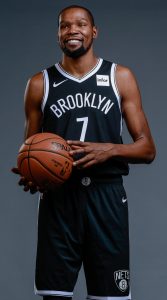
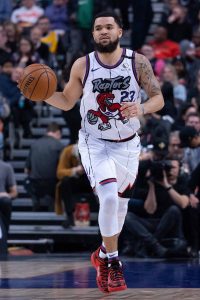
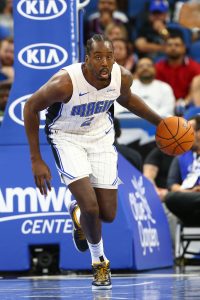 While teams can use their entire mid-level exception to sign one player, as the Magic did this season with
While teams can use their entire mid-level exception to sign one player, as the Magic did this season with 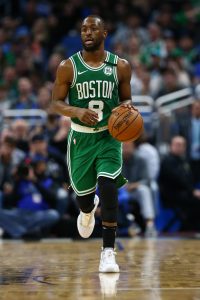
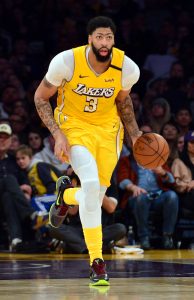 No cap hold can exceed the maximum salary for which a player can sign. For instance, the cap hold for a Bird player with a salary above the league average is generally 150% of his previous salary, as noted above. But for someone like
No cap hold can exceed the maximum salary for which a player can sign. For instance, the cap hold for a Bird player with a salary above the league average is generally 150% of his previous salary, as noted above. But for someone like 